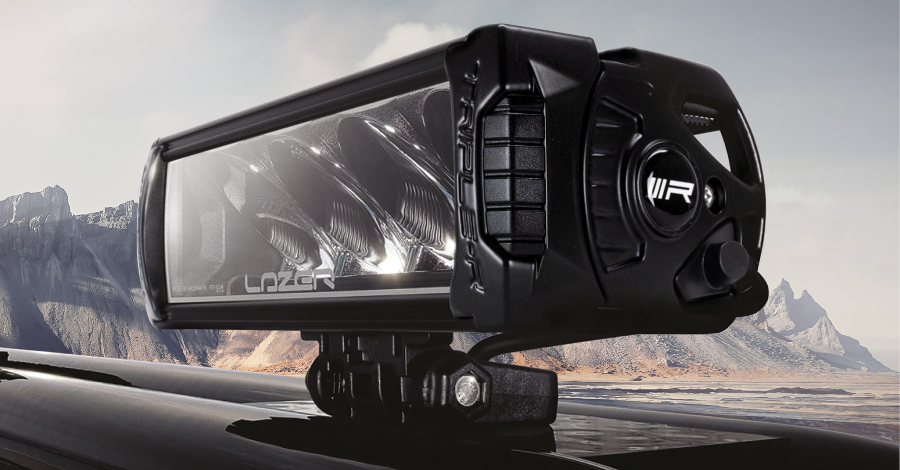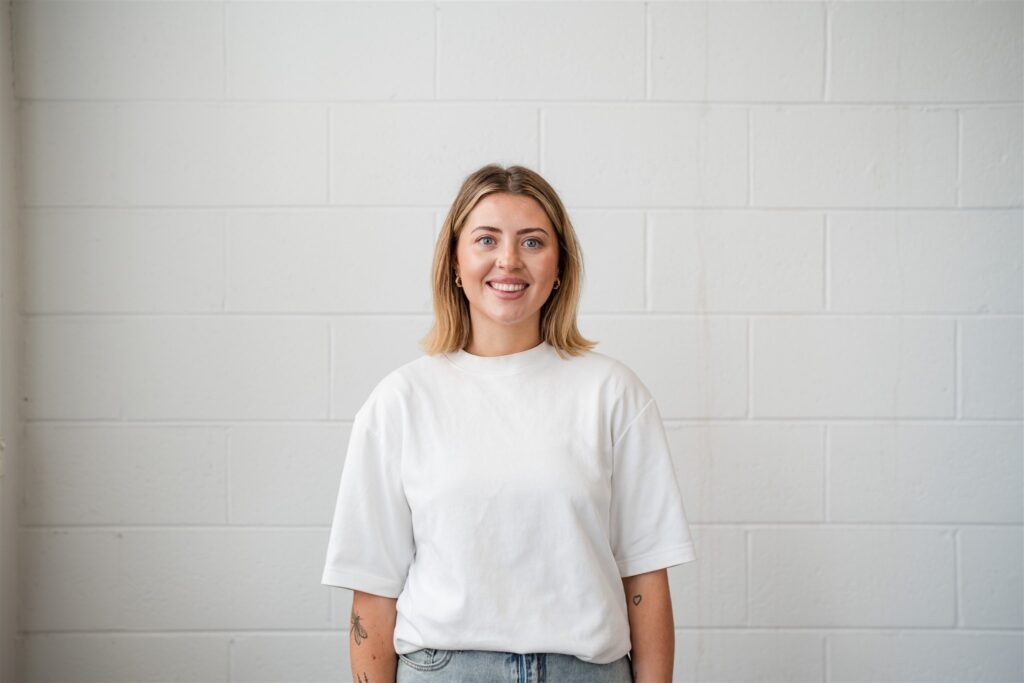This week has seen groundbreaking developments in 3D printing by ex-SpaceX engineers, revolutionising printing production methods, as reported by TechCrunch. While this development is still in its infancy, the capabilities of commercial printing businesses continue to expand and adapt to new technologies, offering increasingly diverse and innovative solutions.
What is Commercial Printing?
Commercial printing refers to printing services tailored for businesses. It typically involves on-demand and custom printing, as well as large-scale and advanced printing techniques using specialised machinery. The type of product required depends on the industry and business type, but there are some common services that apply across many businesses.
Common types of commercial printing that we’re going to look at are:
1. Large Format Printing
- banners, posters, trade show displays, vehicle wraps, billboards, flags, promotional & marketing print.
2. Signage Printing
- indoor and outdoor signs, point-of-sale displays, window graphics.
3. Material Printing
- glass, acrylic, metal and more.
4. Stationery
- letterheads, business cards, envelopes, brochures and catalogues.
Large Format Printing
If your business needs large items like banners, trade show displays, or promotional prints, you’ll likely need large format commercial printing services. You might hear the terms “large format printing” and “wide format printing” used interchangeably. These terms are both used to describe print projects larger than 18 inches, but there are subtle distinctions between the two:
Wide format printing typically refers to projects between 18 inches and 100 inches, such as banners, retail displays, interior posters, and vehicle wraps. Alternatively, large-format printing describes prints exceeding 100 inches, including wall graphics, scaffolding wraps, architectural murals, and enormous billboards.
The type of machine required for these projects depends on the material being printed. For designs on paper, plastic film or vinyl, a roll-to-roll printer is used. However, printing on display card, foamex, correx, glass, acrylic, ceramic tiles or wood requires a flatbed printer.

Signage Printing
Signage printing is widely used for both indoor and outdoor advertising, helping businesses grab attention, communicate effectively, and boost brand visibility. It encompasses a variety of formats, from large-scale outdoor signs to smaller retail point-of-sale displays.
For example, Cornelius Design to Print partners with Unisan to produce the graphics on their bins, seen in stores worldwide, including top brands like Primark and NatWest. Signage printing often involves comprehensive design services to ensure that the final output meets both aesthetic and practical requirements.

Material Printing
Commercial printing utilises a wide array of materials. Paper printing, involves a range of paper types like glossy, matte, textured, or recycled paper. This option is commonly seen in brochures, posters, business cards, and stationery, and can accommodate various finishes and coatings. On the other hand, cardboard printing is ideal for packaging, such as boxes or point-of-sale displays, as it is durable and rigid. Vinyl printing, known for its flexibility and weather resistance, is perfect for banners, vehicle wraps, and outdoor signage.
Other materials like plastic, fabric, metal, and glass serve more specialised purposes. Plastic printing is used mostly for long-lasting items like membership cards, product labels, and exhibition displays. Fabric printing applies to textiles for promotional items like T-shirts or tote bags, typically within retail and fashion. Metal printing on aluminium or steel sheets is ideal for industrial nameplates or outdoor signs due to its durability. Glass printing is often used for decorative or architectural elements like window graphics or glassware. As mentioned earlier, printing and engraving on Metal using 3D printing on a large scale is an exciting area of ongoing development – watch this space.
Additional specialised materials include wood and ceramic. Wood printing and engraving are commonly used for bespoke signage and display boards that offer a natural aesthetic. For projects using wood, we typically use our Zund CNC Machine. Each of these materials has its own printing process and techniques, tailored to the substrate’s properties and the desired durability or aesthetic finish.

Stationery
Business stationery doesn’t have to stop at a branded pen. While a notebook and pen combo is a popular choice for many business owners, the possibilities extend far beyond this. Commercial printing for business stationery encompasses a wide range of materials used for communication, branding, and professional presentation.
Business cards, letterheads, envelopes, and notepads, are all typically printed on high-quality paper or cardstock to reflect a company’s brand. Business cards, for instance, often feature premium finishes like embossing or foil stamping to leave a lasting impression. Letterheads and envelopes ensure consistency in formal correspondence, reinforcing the brand across all touch points.
Additional items such as presentation folders, labels, and stickers are useful for enhancing brand visibility and ensuring a cohesive, professional appearance.
Commercial printing offers limitless options. As the industry keeps evolving, there’s always a fresh way to get your brand out there.
Not sure where to start? Shoot us a message, we’ll be happy to guide you in the right direction.

Hi, I’m Georgia. I’m the Marketing and Communications Manager at Cornelius Design to Print, and our sister company, Cornelius Electronics. I look after all things strategy, SEO, socials and content creation!

